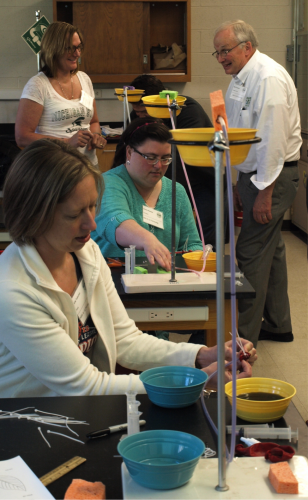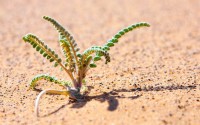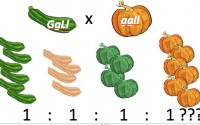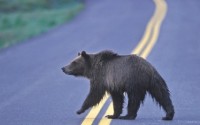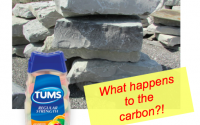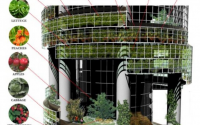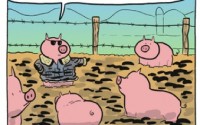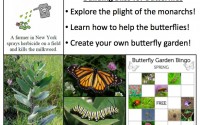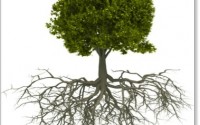Plants play a major role in the lives of other living things, especially humans. But it’s worth taking a look at how plants as we know them came to be, and where they came from. What adaptations allowed the first plants to survive on land? How are the crops that make their way to our dinner tables different from their aquatic ancestors? In this lesson students will learn about the different adaptations that led to mosses, ferns, gymnosperms, and angiosperms. They will also have the opportunity to work hands-on with plant/algae samples to identify some of these adaptations and see where the samples fit along the evolutionary timeline. At the conclusion of the lesson, students will be able to: Identify the four main groups of terrestrial plants and list their evolutionary order Describe the key adaptations that distinguish terrestrial plant […]
What controls the structure of forests and the leaves within that forest? Individual leaves have very different shapes and even colors, but together they make up the forest canopy that traps light and water. This lesson aims to help students understand how the form of leaves and trees follows from the function of how plants use light and water. At the beginning of the class, instructors will lead a discussion on what trees need to grow. Students then will work individually on certain leaf types to understand how their shape influences their function; – this may involve collecting leaves, but also cutting out the shape of leaves or tracing the outline that the leaf shadow makes. Finally, students will see how the ways plants supply water to leaves interact with the capacity to capture light to influence leaf size.
At the conclusion of the lesson, students will be able to:
- Name factors affect plant growth
- Understand plants need energy, water and nutrient to survive
- Explain how leaf size and tree height are shaped by sunlight and soil water
- Describe the general relationship between leaf size and plant (or tree) height
- Describe different strategies plants use to adapt to certain environments
Length of Lesson
- 1 hour (if collecting leaves is not included)
- 2 hours (include collecting leaves)
Grade Levels
Elementary (grade level 3-5)
Resources:
- Lesson Plan
- Presentation
- Water and Leaf sponge activity instructions
- Sunlight Challenge Student Handout
- Sunlight Challenge Teacher Instructions
Lesson Plan created by GK-12 Fellows Di Liang and Brendan O’Neill, 2015

